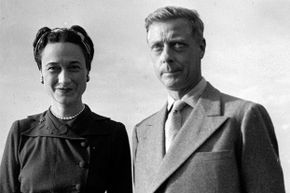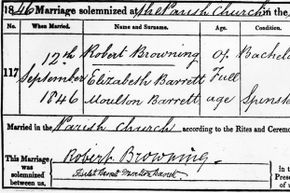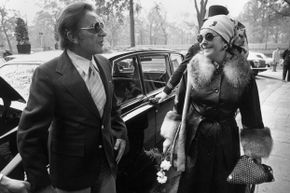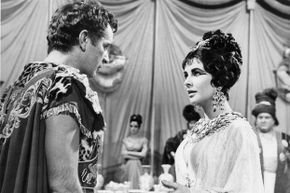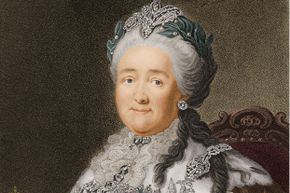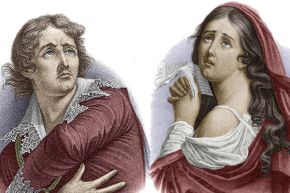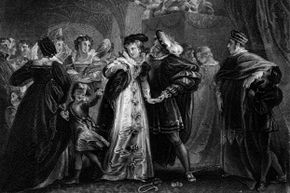"Frankly, my dear, I don't give a damn." Even if you've never read "Gone With the Wind" or seen the movie, you've probably heard that famous line. It's part of one of the most memorable exchanges in the smoldering Civil War-era love affair between Rhett Butler and Scarlett O'Hara. O'Hara is the brash, flirtatious daughter of an Irish plantation owner, while Butler is a daring blockade runner. Butler is instantly smitten with O'Hara, but she's in love with Ashley Wilkes, a gentle Southern gent. Nevertheless, she finds something about Butler quite appealing, and they eventually marry. But everything about their relationship is stormy, from their passion to their arguments.
Scarlett and Rhett's relationship drama may seem fit only for fiction, but plenty of real-life couples could go toe-to-toe with them as far as torrid affairs go. Here are 10 historical duos that fit the bill, with love stories that span the romantic spectrum: the good, the bad and the steamy.
Advertisement


